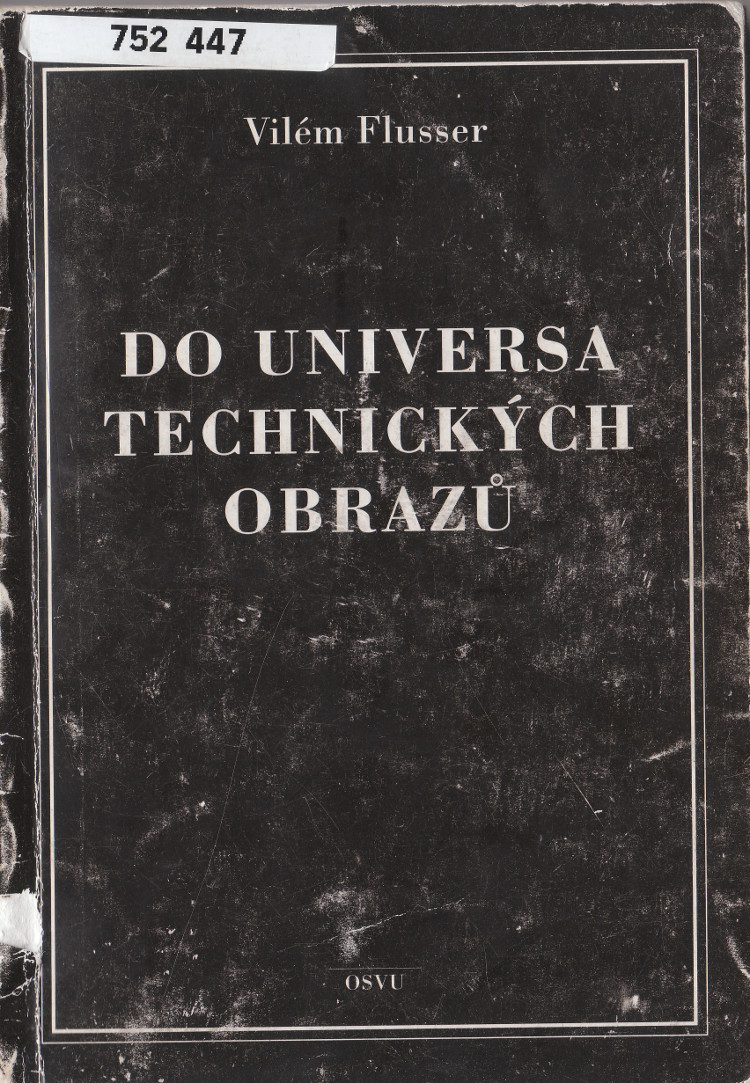Nils Röller: Medientheorie im epistemischen Übergang: Hermann Weyls Philosophie der Mathematik und Naturwissenschaft und Ernst Cassirers Philosophie der symbolischen Formen im Wechselverhältnis (2000) [German]
Filed under thesis | Tags: · consciousness, epistemology, history of mathematics, knowledge, mathematics, media, media theory, philosophy, philosophy of science
Ein “Medium des freien Werdens” – so nennt der Mathematiker Hermann Weyl (1885–1955) im Jahre 1921 das Kontinuum. Diese Bezeichnung ist bildet den Anlaß, die medientheoretische Bedeutung der philosophischen Schriften Hermann Weyls zu untersuchen. Die vorliegende Publikation erarbeitet dabei die Differenzen zwischen den Diskursen Weyls und des Philosophen Ernst Cassirer. Laut Weyl ist das konstruktive Kontinuum, in dem seiner Meinung nach die Physik präparierte Ereignisse ansiedelt, scharf von der anschaulichen Wirklichkeit zu trennen. Er sieht dieses als Produkt des menschlichen Bewußtseins. In seiner “Philosophie der symbolischen Formen” macht Ernst Cassirer deutlich, dass aus seiner Sicht und entgegen Weyls Theorie das konstruktive Kontinuum zusammen mit dem mathematischen Symbolismus eine Brücke zwischen Bewußtsein und Wirklichkeit bildet. Das Wechselverhältnis zwischen dem Mathematiker Weyl und dem Philosophen Cassirer zeigt beispielhafte Formen der Vermittlung zwischen Philosophie und moderner Naturwissenschaft. Weyls Schriften werden vor dem Hintergrund der Rezeptionsgeschichte in der “experimentellen Epistemologieö und der “nomadischen Mathematik” als paradigmatisch für die Medientheorie gedeutet.
Doctoral Thesis
Fakultät Medien, Bauhaus-Universität Weimar
Advisor: Joseph Vogl
220 pages
Vilém Flusser: Into the Universe of Technical Images (1985–) [DE, HU, CZ, EN]
Filed under book | Tags: · communication technology, computing, cybernetics, database, entropy, image, media, media theory, philosophy, photography, postmodernism, technical image, technology, theory, virtual reality


Poised between hope and despair for a humanity facing an urgent communication crisis, this work by Vilém Flusser forecasts either the first truly human, infinitely creative society in history or a society of unbearable, oppressive sameness, locked in a pattern it cannot change. First published in German in 1985 and now available in English for the first time, Into the Universe of Technical Images outlines the history of communication technology as a process of increasing abstraction.
Flusser charts how communication evolved from direct interaction with the world to mediation through various technologies. The invention of writing marked one significant shift; the invention of photography marked another, heralding the current age of the technical image. The automation of the processing of technical images carries both promise and threat: the promise of freeing humans to play and invent and the threat for networks of automation to proceed independently of humans.
Originally published in German as Ins Universum der technischen Bilder, European Photography, 1985
Czech edition: Do universa technických obrazů
Translated by Jiří Fiala
Publisher OSVU, 2002
ISBN 8023875698
162 pages
English edition
Translated by Nancy Ann Roth
Introduction by Mark Poster
Publisher University of Minnesota Press, 2011
Volume 32 of Electronic Mediations
ISBN 0816670218, 9780816670215
224 pages
Review (Bob Hanke, International Journal of Communication)
Translator (EN)
Publisher (EN)
Ins Universum der technischen Bilder (German, 1985, added on 2016-8-4)
A technikai képek univerzuma felé (Hungarian, trans. József Maleczki, 2001; revised trans. Dalma Török, 2011; HTML, added on 2014-2-14)
Do universa technických obrazů (Czech, Jiří Fiala, 2002, no OCR, added on 2013-4-1)
Into the Universe of Technical Images (English, trans. Nancy Ann Roth, 2011, updated on 2012-7-17)
Éric Alliez, Andrew Goffey (eds.): Guattari Effect (2011)
Filed under book | Tags: · aesthetics, anthropology, deterritorialization, ecology, economics, linguistics, media, media theory, philosophy, politics, psychoanalysis, sociology

“The Guattari Effect brings together internationally renowned experts on the work of the French psychoanalyst, philosopher and political activist Félix Guattari with philosophers, psychoanalysts, sociologists, anthropologists and artists who have been influenced by Guattari’s thought.
Best known for his collaborative work with Gilles Deleuze, Guattari’s own writings are still a relatively unmined resource in continental philosophy. Many of his books have not yet been translated into English. Yet his influence has been considerable and far-reaching. This book explores the full spectrum of Guattari’s work, reassessing its contemporary significance and giving due weight to his highly innovative contributions to a variety of fields, including linguistics, economics, pragmatics, ecology, aesthetics and media theory. Readers grappling with the ideas of contemporary continental philosophers such as Badiou, Žižek and Rancière will at last be able to see Guattari as the ‘extraordinary philosopher’ Deleuze claimed him to be, with his distinctive radical ideas about the epoch of global ‘deterritorialization’ we live in today, forged within the practical contexts of revolutionary politics and the materialist critique of psychoanalysis.”
Publisher Continuum, 2011
ISBN 1441121978, 9781441121974
224 pages
PDF (updated on 2012-7-15)
Academia.edu (added on 2016-3-11)

